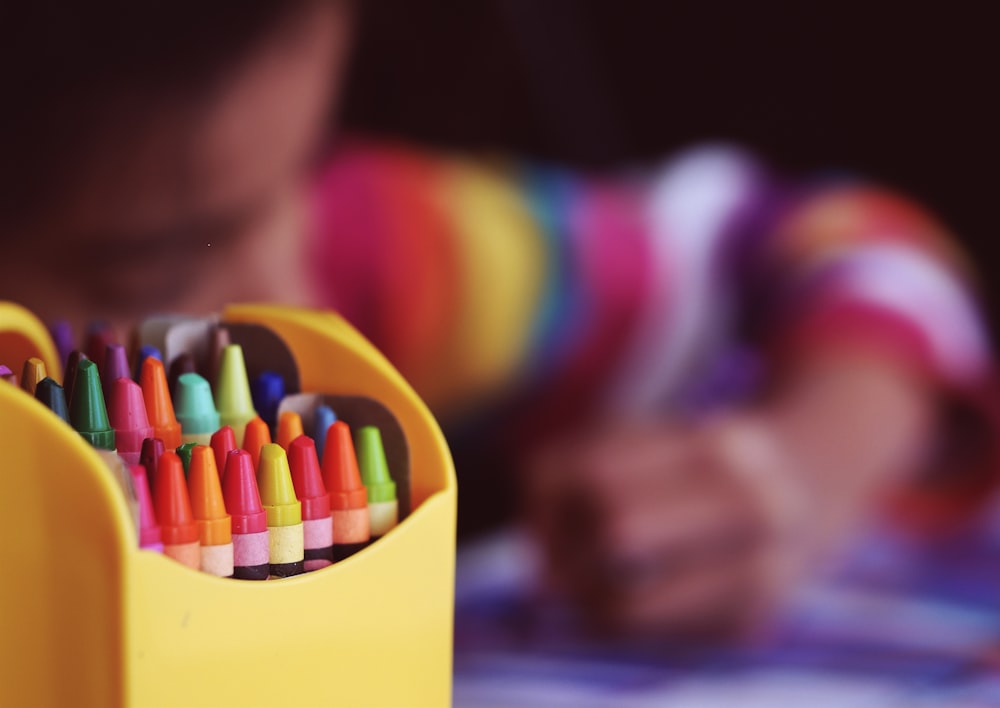Over the years, a significant amount of research has been carried out regarding the belief that when it comes to successful learning for children, even from a very young age, imagination is vital. When a child is interested in what they are learning and engaged with their subject, then their imagination is engaged as well as they explore an infinite world of possibilities.
If you want to improve learning outcomes for children, then it is vital to capitalise on this innate imagination and encourage it. A child who has a good imagination can improve their full cognitive development and make progress in every aspect of the curriculum. Children who have a great imagination are also more likely to become strong independent writers, so it is an incredibly important part of the learning process to foster a great sense of imagination.
Imagination – Giving Context To Learning
When it comes to learning, imagination provides a more meaningful platform for pupils. Learning facts and statistics about explorers, for example, will not capture a child’s imagination in the same way as imagining themselves as the hero of a story about explorers or even creating a description of the perfect kit needed for exploring. A child who is more excited about the work placed in front of them is more willing to learn and getting them to use their imagination is a fantastic way of allowing them to explore a world of possibilities. Providing children with the stepping stones to learning; themes, ideas and contexts, will allow them to increase their motivation to learn and discuss with their fellow pupils. If you want to ensure the best possible learning in a child, this is not achieved through “delivered” learning.
It is important that children learn everyday life skills, and this includes problem solving and creativity. These are the skills that need to be developed over time. Problem-solving requires the ability to “think outside the box” and imagination is vital in order to be able to achieve this. Any child who has a limited imagination will not only struggle with some aspects of everyday life but also with many areas of the curriculum in school.
Developing The Imagination
There are plenty of ways that the development of imagination can be developed within a school environment.
Drama / Imaginative Play
Drama based activities and imaginative play are a fantastic way in which you can allow children to explore the world around them and the people in it. Even the youngest child in a foundation stage setting can be learning so much just by playing – give a young child a cardboard box and they will turn it into a shop, a plane – just about anything. Imagination does not just help with skills like problem-solving, it also helps to develop neurological connections in the brain of a pupil – these assist with the development of senses and muscles. Exploring imaginative worlds based on what they see around them can help young children to learn how to communicate with other people and make sense of the world around them.
Reading
Even before children can read to themselves, we are told of the importance of reading stories to them. From that very first book that you read to your baby, you are already starting to sow the seeds that will help them to develop their imagination. Hearing stories allows pupils to create imaginary games through the characters they come across, the adventures they read. Even the illustrations in a book play a valuable part in how a child’s imagination develops – this is why some of the first “reading books” a child uses in school contain only illustrations and no words. Imagination is key to interpreting the images on the pages – there is no right or wrong answer – just imagination. Frequent reading does far more than develop the key skills of understanding the letters on the page and learning to read, it improves imagination as well. Reading can also help pupils to develop their understanding of others and their empathy.
Setting these good foundation stones at an early age can assist pupils as they move up the school.
Creative Subjects
From the first scribbled marks a child makes on a piece of paper – or wall! – to paper cutting, sewing, drawing, modelling, dance, drama, every aspect of the of the curriculum that involves creativity your child is not only developing their fine motor skills and concentration but also their imagination. This is not just important for younger children but remains just as vital for older children as well who should continue to engage in a variety of arts-based learning as part of a rounded education. These are the subjects that allow a child to escape from the realities of the real world, be themselves, and help to maintain their wellbeing and mental health.
Artwork
We are surrounded by artwork daily, whether we realise it or not, from picture books, painting and even advertising posters. These all help to inspire people to create their own stories and get involved in a world where imagination rules. Images, of all types, are a form of visual storytelling that can be used to create a story. A wall filled with images is the perfect way to be transported into a world of imagination where fantasy runs wild. These are the things that can inspire and motivate children without them even realising it.
Escape Inside A Book
We have all heard the phrase “escape inside the pages” and when it comes to imagination this is the perfect way to do it. Some children do not enjoy reading story books, preferring instead fact books. Whatever they are reading it still has the potential to open that fantastic world of imagination for them. The important thing is to find the thing that excites and interest them, that is the real key to helping them develop that all-important imagination, which can only serve to benefit them in their future learning journey.


